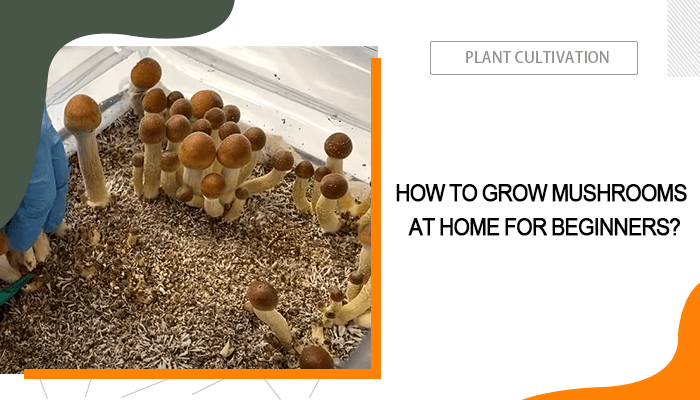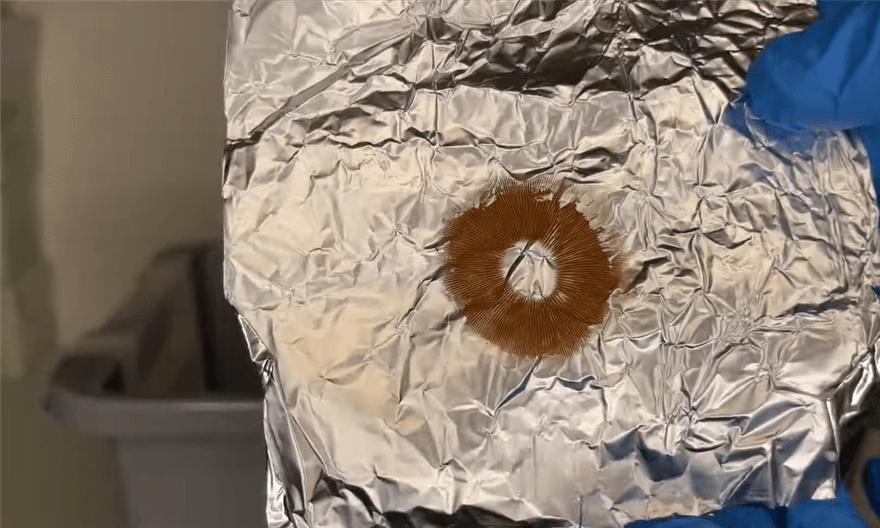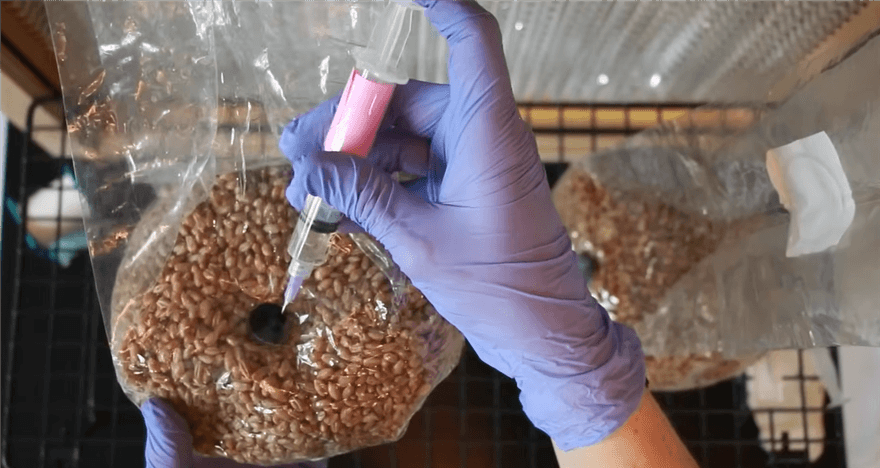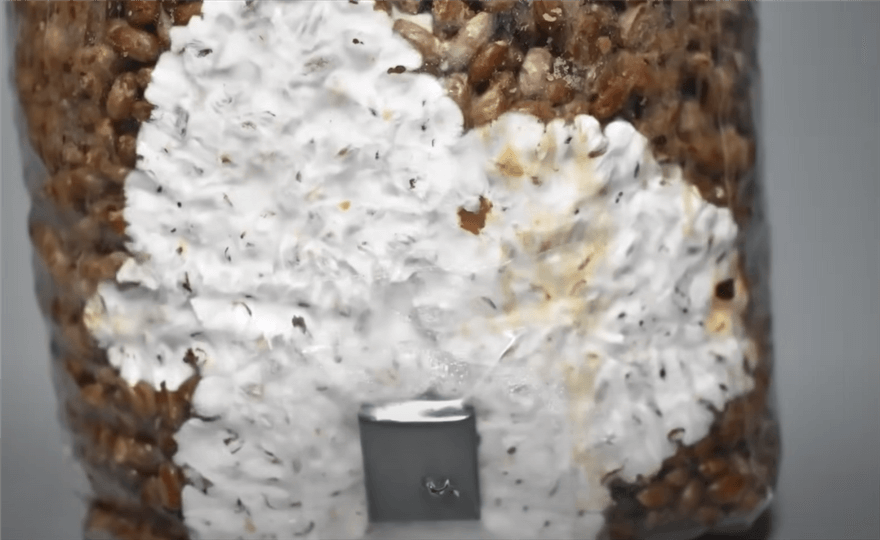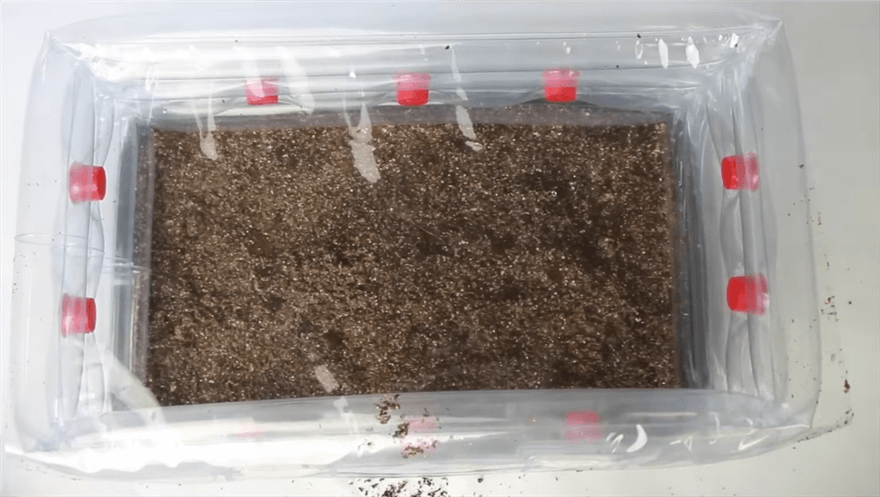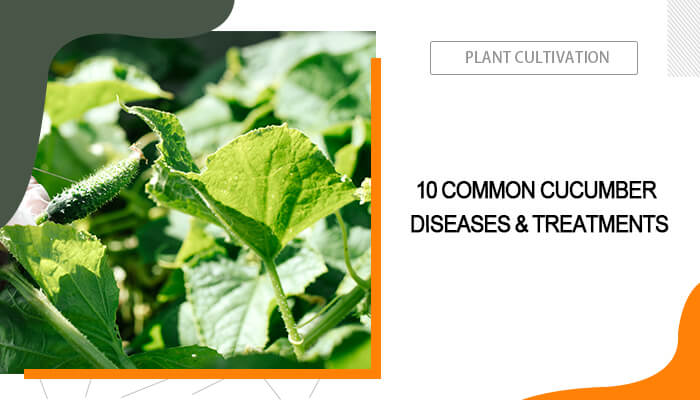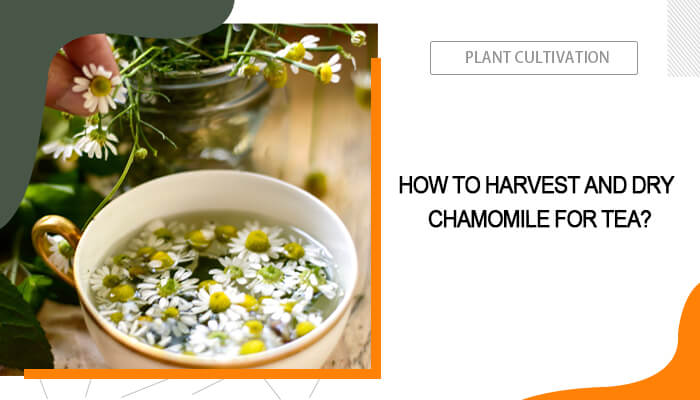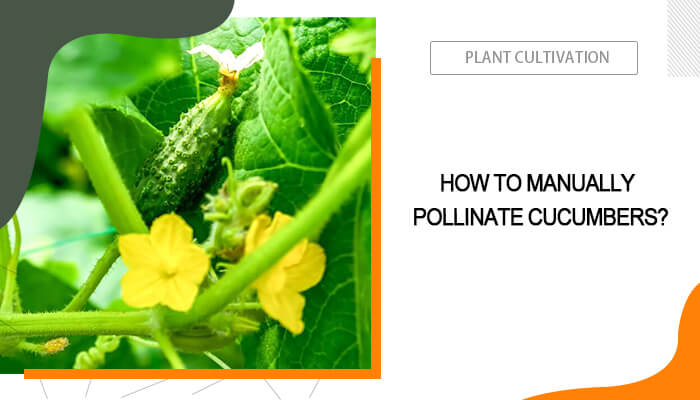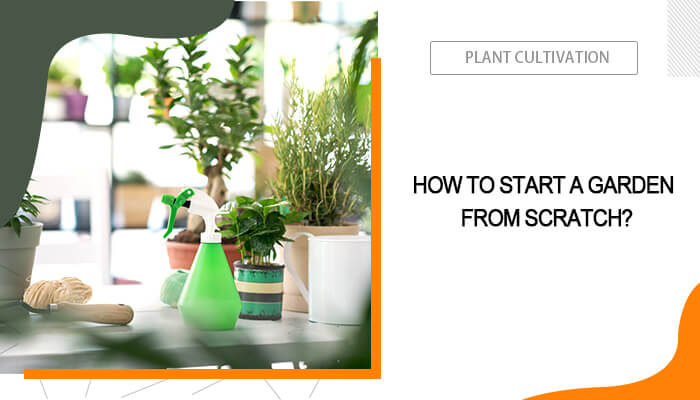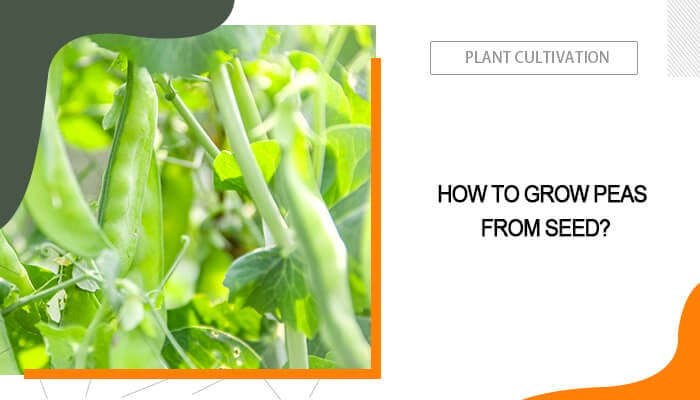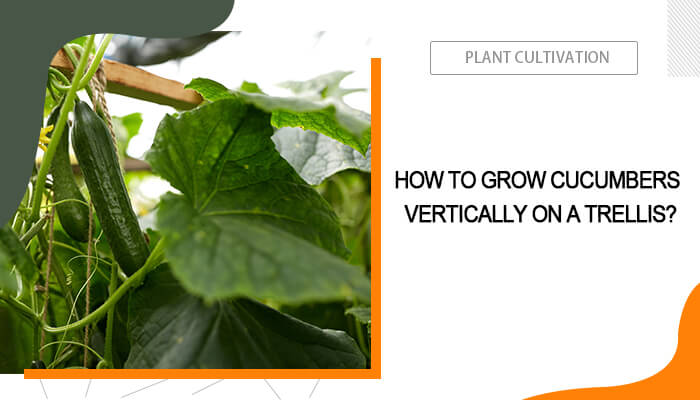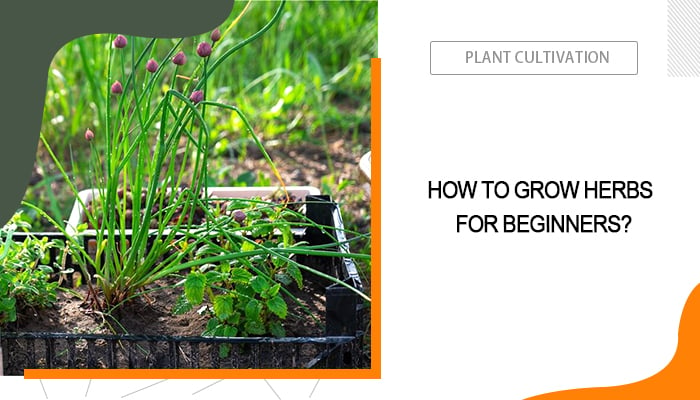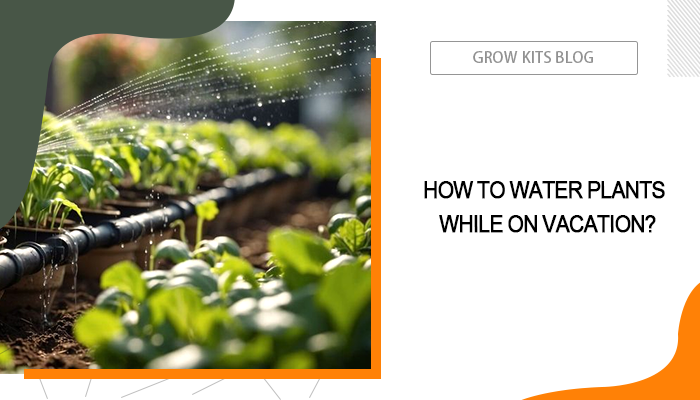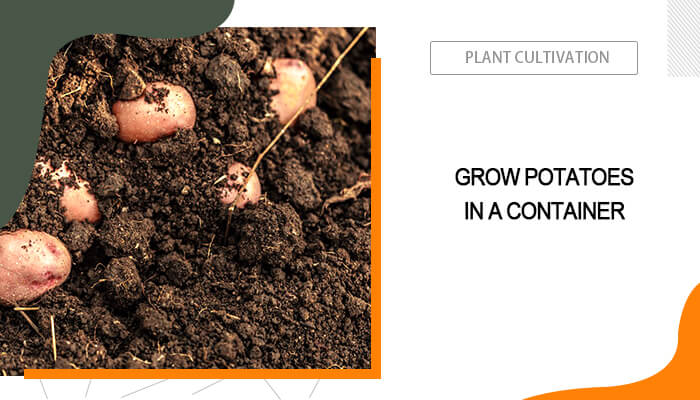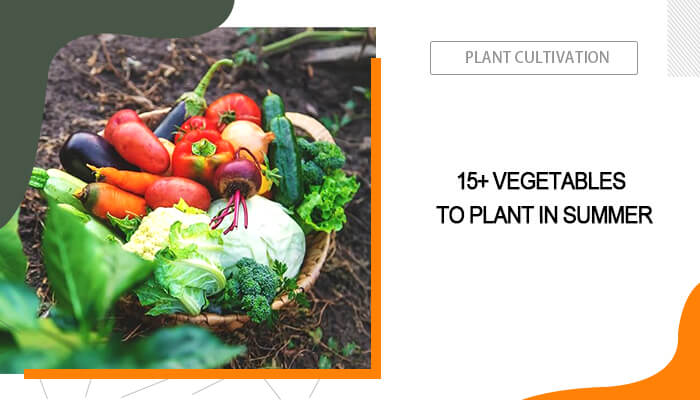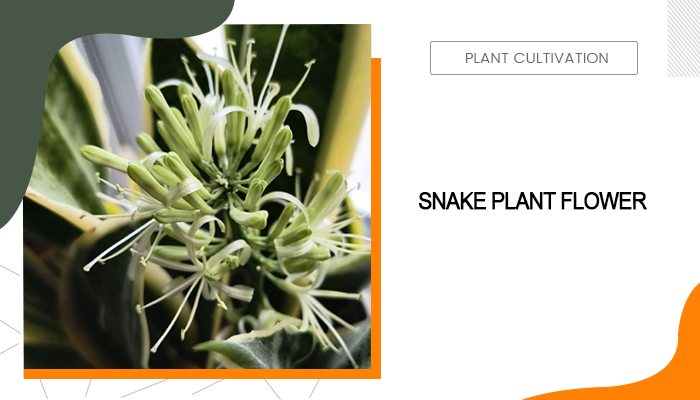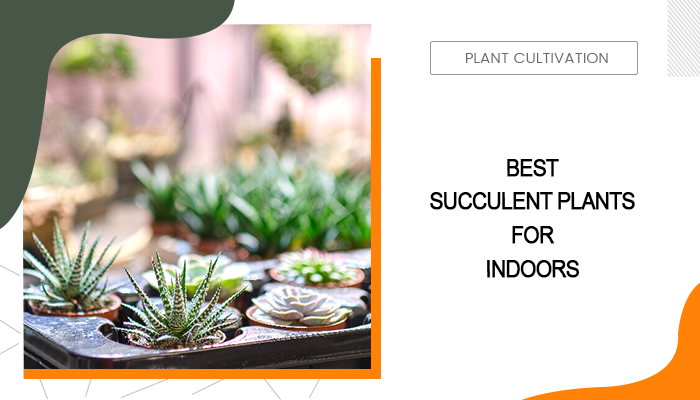Are you interested in growing your own mushrooms at home but unsure where to start? Whether you’re drawn to the rich flavors of shiitake, the delicate texture of oyster mushrooms, or the classic appeal of Champignon mushrooms, you can find the best way to grow your own mushrooms.
In this guide, we’ll cover everything you may be concerned about—from selecting the easiest mushroom varieties and creating the perfect growing environment to detailed steps for growing mushrooms at home. Usually, homegrown mushrooms are fresher than store-bought ones. On the other hand, growing mushrooms in bulk will bring you huge economic value, allowing you to access local markets, restaurants, and grocery stores, to meet the rising demand for fresh produce.
Table of Contents
Can you Grow Mushrooms?
Yes, you can grow mushrooms at home. To cultivate mushrooms, select the right type, such as oysters, shiitake, or Champignon mushrooms, and provide the appropriate growing medium, like straw or wood logs. It’s essential to maintain a suitable environment, including the right temperature, humidity, and light conditions, as mushrooms thrive in dark, damp areas. Various mushroom grow bags can simplify the process for novices, allowing you to harvest fresh, homegrown mushrooms in just a few weeks. Growing mushrooms can be a fun and productive hobby with a little patience and care.
How Long Does it Take to Grow Mushrooms?
The time it takes to grow mushrooms varies depending on the species and growing conditions. Most types of mushrooms can be harvested within 1 to 3 months. For example, oyster mushrooms typically take about 3 to 4 weeks from inoculation to harvest, while shiitake mushrooms may require 6 to 12 weeks, especially if grown on logs. Factors such as temperature, humidity, and the chosen growing medium can significantly influence growth rates. By providing optimal conditions and selecting the right species, you can enjoy fresh mushrooms relatively quickly.
What Are the Easiest Mushrooms to Grow?
Growing mushrooms at home can be a rewarding and enjoyable experience. Among numerous available species, some are particularly well-suited for beginners. Before learning how to grow mushrooms inside the house, let’s learn what types of mushrooms are worth working on:
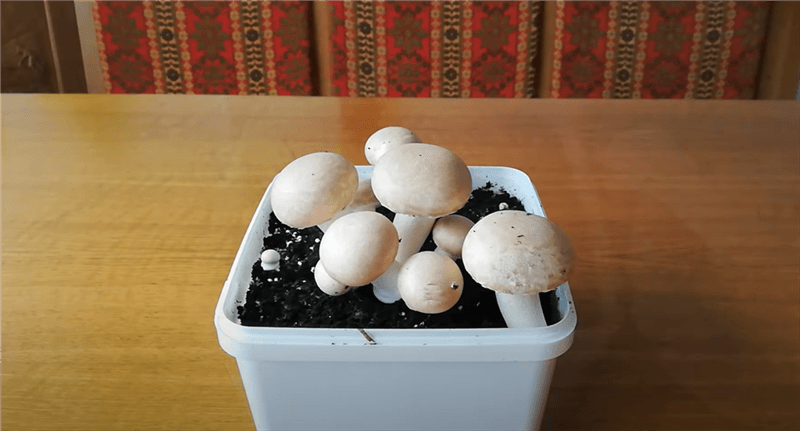
Growing Champignon Mushrooms
- Champignon Mushrooms: They are commonly known as button mushrooms and they are one of the easiest varieties to cultivate. You can find Champignon mushrooms in grocery stores, they grow well in composted manure and are simple to cultivate.
- Oyster Mushrooms: Fast-growing and forgiving, they thrive on various substrates like straw, sawdust, and coffee grounds. Typically, Oyster mushrooms have a fast growth rate and can produce fruiting bodies within a few weeks after inoculation.
- Shiitake Mushrooms: Although they take longer to fruit, they can be grown on hardwood logs or sawdust blocks and are relatively easy to manage.
- Lion’s Mane Mushrooms: Known for their unique appearance and flavor, they are also simple to grow on sawdust or wood.
- Portobello Mushrooms: Portobello mushrooms are relatively forgiving and can adapt to various humidity and temperature levels, typically thriving around 70°F (21°C). This versatility allows you to monitor and adjust the growing conditions easily, whether in a greenhouse, a dedicated growing space, or even in your kitchen. Under a controlled growth environment, you can grow them indoors or outdoors.
What Do You Need to Grow Mushrooms?
It’s essential to understand what you need when you seek to grow mushrooms at home. Each step plays a crucial role in the cultivation process, from choosing the right mushroom spores or spawn to selecting the appropriate growing medium. Additionally, maintaining the right environmental conditions, such as humidity and temperature, is vital for optimal growth as well. In this part, we’ll outline all the essential components you need to create the perfect setup for mushroom cultivation.
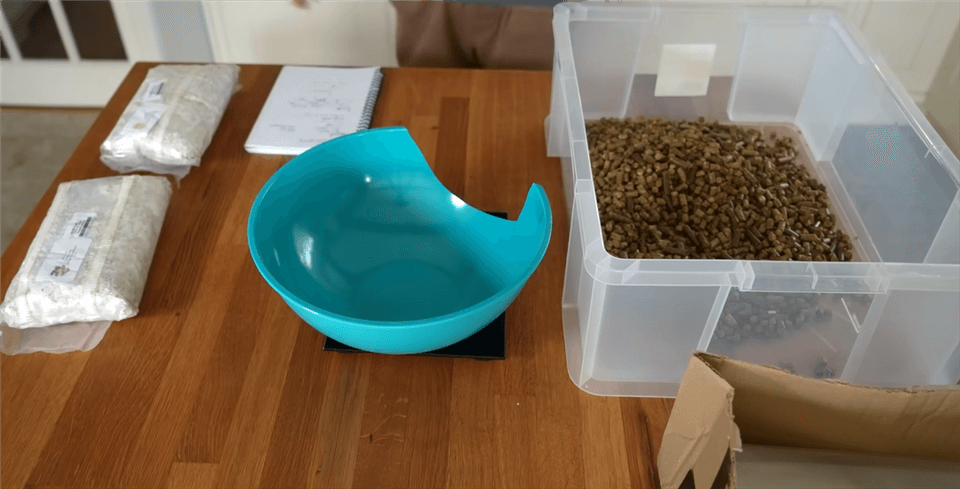
What Do You Need to Grow Mushrooms
- Mushroom Spores or Spawn: Choose the type of mushroom you want to grow. Spawn is the mushroom’s mycelium and can be purchased from gardening stores or online.
- Light: Mushrooms do not need direct sunlight to grow. Instead, they prefer to thrive in dark or low-light environments. While some indirect light can help stimulate growth and development, excessive sunlight can be detrimental.
- Growing Medium: Depending on the mushroom species, you may need specific substrates such as straw, sawdust, logs, or composted manure.
- Containers: Use suitable containers like plastic bags, bins, or trays that allow for proper air circulation and moisture retention.
- Humidity and Temperature Control: Mushrooms require a humid environment and specific temperature ranges to thrive. A humidity tent or a simple spray bottle can help maintain moisture levels.
- Cleanliness: Maintaining a sterile environment is crucial to prevent contamination from unwanted molds or bacteria.
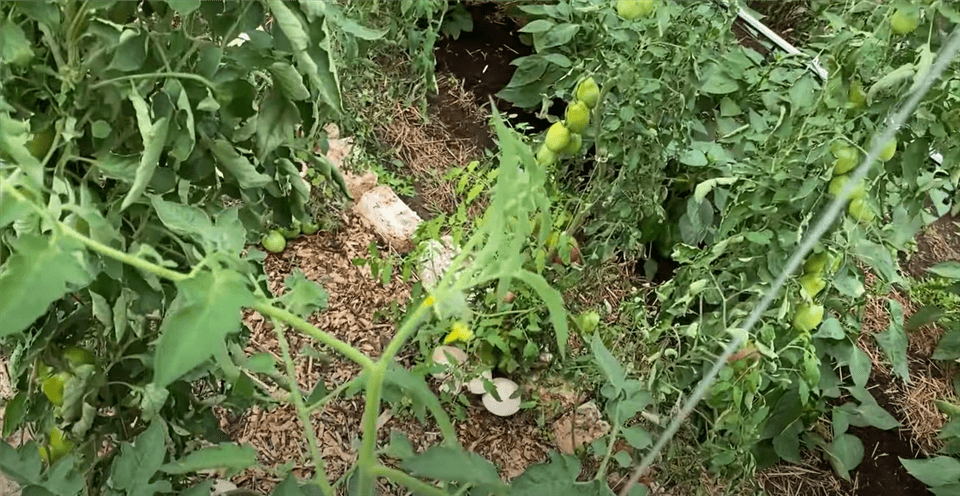
Mushroom Greenhouse
To better control mushrooms grow room climate and optimize its growth, you can grow your mushrooms in a greenhouse. With regulated temperature, humidity, and light — typically a dark, humid environment at 65-75°F (18-24°C), you can successfully cultivate various species like oysters, shiitake, button mushrooms, and Portobello mushrooms. Utilizing shelves or racks helps maximize space for multiple batches. With proper setup and care, a greenhouse can be a productive environment for growing fresh mushrooms year-round.
How to Grow Mushrooms at Home?
It’s safe to grow mushrooms at home, especially when you choose edible varieties and follow proper guidelines. In this part, we’ll introduce 2 proven ways to grow your own mushrooms. You can grow mushrooms at home with or without spores. Whether you opt for mushroom spawn, which simplifies the cultivation process and ensures a quicker harvest, or explore a more intricate route of growing from spores, you’ll discover the satisfaction of nurturing your fresh mushrooms.
How to Grow Mushrooms from Mushroom?
It is more suitable for mushroom-growing beginners to start from mushroom spores. Growing mushrooms from mushrooms simplifies the cultivation process by providing mycelium that is already established on a substrate. Beginners may find it challenging to create and maintain the precise conditions required for spore germination and mycelium growth, as this process demands careful attention to factors like temperature, humidity, and sterility. In contrast, growing mushrooms from mushroom spores will allow novices to focus on nurturing their mushrooms rather than worrying about the complexities of starting from scratch.
Here is how to DIY mushroom grow box and grow mushrooms in a box:
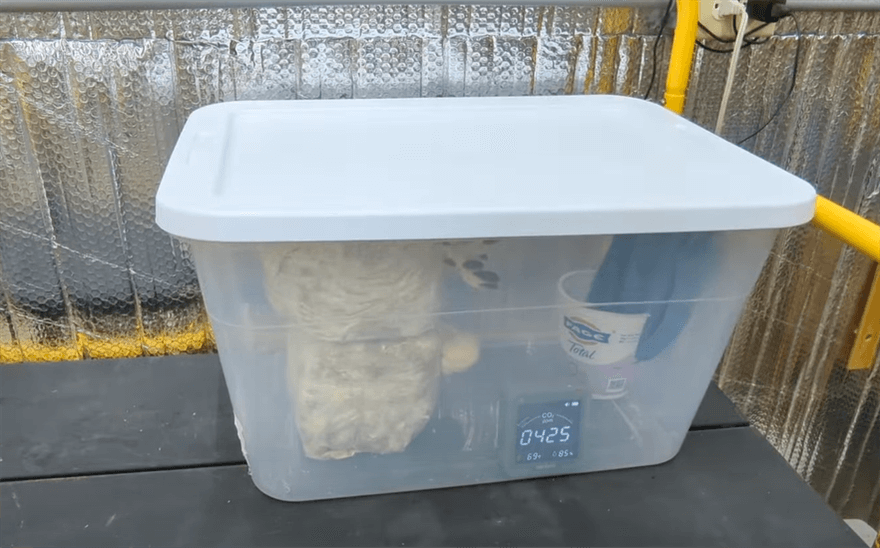
Grow Mushrooms from Mushroom
- Choose a clean plastic box that allows for some ventilation. Inside the mushroom grow box, you can place a cup of water to increase the humidity and a timer to record the time.
- Pick an easy variety like oysters or button mushrooms and buy high-quality mushroom spawn. Then select a substrate such as straw or sawdust and ensure it’s clean.
- Use a substrate like straw or sawdust. Ensure it’s clean and free of contaminants. Soak the substrate in hot water (around 160°F or 70°C) for about an hour to eliminate unwanted organisms, then let it cool. Once cooled, mix the mushroom spawn into the substrate evenly.
- Place the inoculated substrate into the box and spread it out evenly.
- Cover the box with plastic wrap or a humidity tent to retain moisture. Keep it in a dark area with a temperature suitable for the mushroom variety (usually 65-75°F or 18-24°C).
Check the substrate regularly and mist it as needed to keep it damp. After a few weeks, when the mycelium has colonized the substrate, expose it to light and fresh air to encourage fruiting. Once mushrooms appear, harvest them by twisting or cutting at the base when they reach the desired size.
How to Grow Mushrooms from Spores?
Spores are microscopic and contain the genetic makeup required for mushroom growth. To grow mushrooms from spores, you must ask about where you can get mushroom spores, first of all. To obtain mushroom spores, you have several reliable options to consider. Online retailers specializing in mushroom cultivation, such as Fungi Perfecti, Mushroom Mountain, and North Spore, can offer diverse spores and spawns for various mushroom species. Local garden centers may also carry mushroom growing kits and spores, especially during peak gardening seasons. Additionally, participating in mushroom cultivation workshops can provide valuable insights and often the chance to purchase spores directly from instructors. Joining mycology clubs can connect you with experienced growers who may share or sell spores, while local farmers’ markets can be a great place to find fresh mushrooms and possibly spores from vendors. By exploring these sources, you can easily find high-quality mushroom spores to begin your mushroom cultivation journey.
- Obtain mushroom spores (from a spore syringe or print), a suitable substrate (like sterilized grain or agar), and containers (Petri dishes or jars).
Obtain Mushroom Spores
- Sterilize the substrate to eliminate contaminants by pressure cooking or boiling, and then allow it to cool.
- Using the sterile techniques, introduce the spores to the cooled substrate in a clean environment to avoid contamination.
Introduce the Spores to the Cooled Substrate
- Let it sit until mycelium colonizes the substrate. Once fully colonized, mix the mycelium throughout the bag. Then move the substrate to a well-lit area with fresh air to encourage mushroom fruiting.
Let Spores Germinate and Mycelium Colonize the Substrate
- Prepare a mono tub and mix the bulk substrate and your spawn. Pack them down evenly and neatly. And then close the lid to plug all the holes with red filters. After sufficient colonization, fresh air is introduced to initiate fruiting. Regular fanning helps to introduce air and manage humidity and carbon dioxide levels. Once mushrooms mature, harvest them by twisting or cutting at the base.
Mix the Bulk Substrate and Spawn in a Mono Tube
Conclusion
It’s a rewarding and enjoyable experience to grow mushrooms at home on your own. Whether you start with spores or opt for mushroom spawn, you’re likely to get a satisfactory result. On the other hand, growing mushrooms in bulk can also bring about significant economic value. By cultivating larger quantities, growers can tap into local markets, restaurants, and grocery stores, providing fresh produce that is increasingly in demand.




